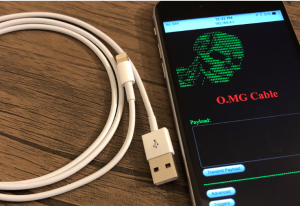Phishing Email Alerts
Catch of the Day: Citibank Payment Phish
Chef’s Special: BEC Phish
Examples of clever phish that made it past my spam filters and into my Inbox, or from clients, or reliable sources on the Internet.
I would be delighted to accept suspicious phishing examples from you. Please forward your email to phish@wyzguys.com.
My intention is to provide a warning, examples of current ...
Continue Reading →APR






